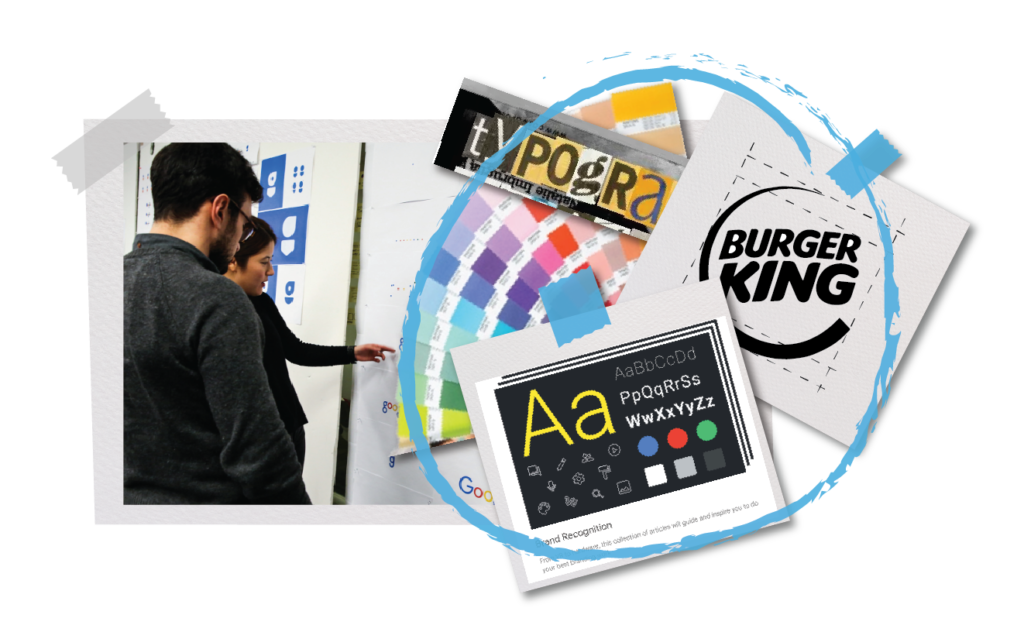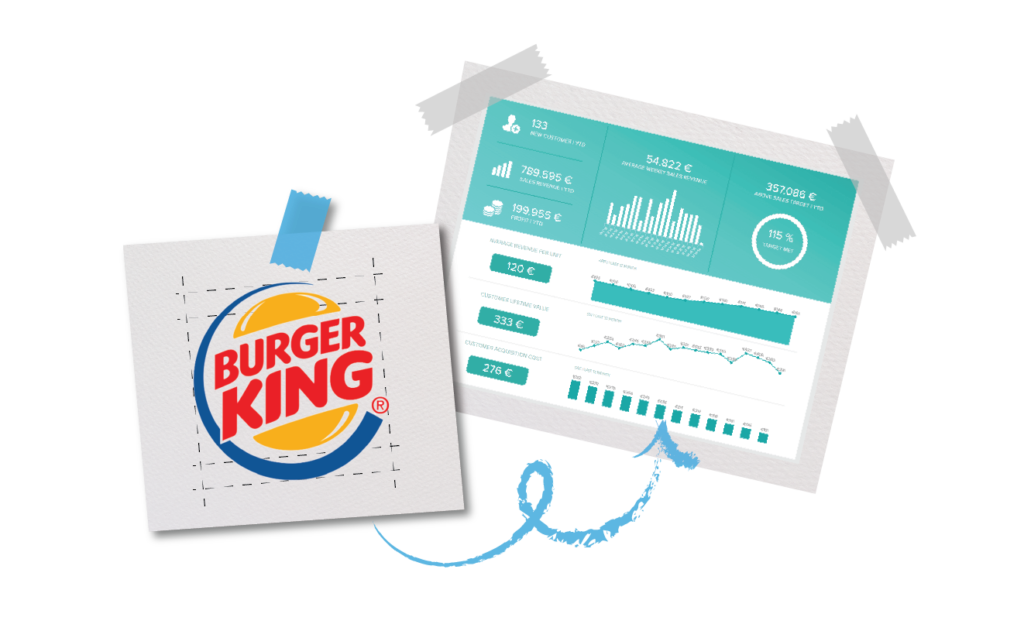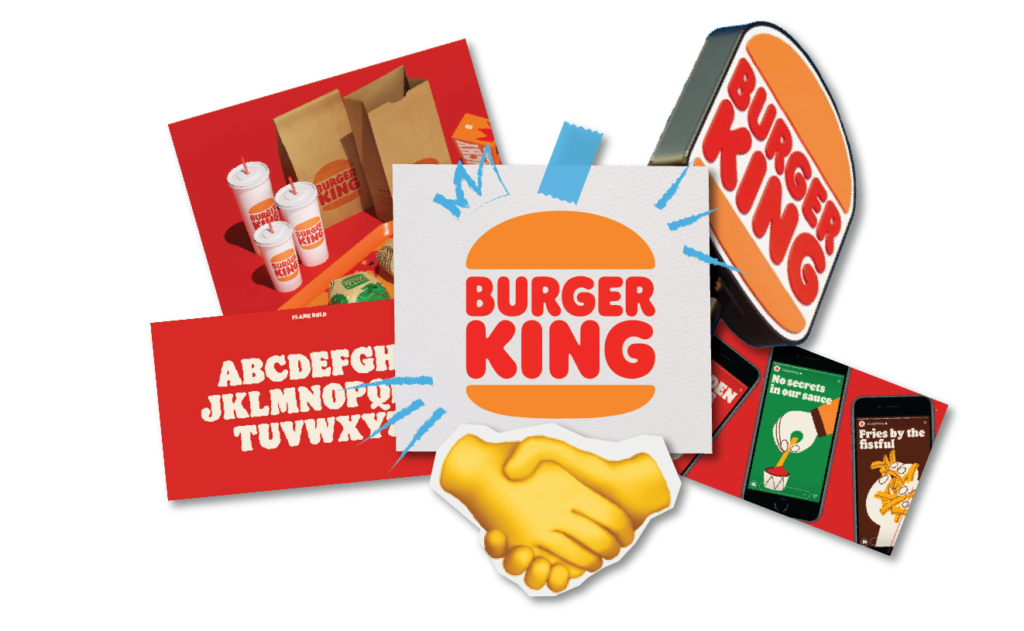Branding is usually represented as an intangible undertaking with no method to measure outcomes. While it may not be as data-heavy as digital marketing, which can inform you of every action and click, branding needs to be understood better to correctly comprehend and analyse its impact.
Let’s start at the primordial stage of branding to understand its evolution which validates its existence today. Branding quite literally had its genesis in the branding of livestock to indicate ownership.A similar practice was then taken up by the hygiene industry — namely soap companies (still seen today in the form of engravings on the bars). They used the same method of “branding” soaps to differentiate their product bringing forth an evolution in branding. Befittingly what remains sacrosanct till today is the idea of “differentiation or unique identity”.
We brand because we want to be known for our unique identity, as people, as communities or as organisations.
So where did branding get complicated and expensive?
The liberation of markets followed by the advent of digital platforms made the world our audience. With lesser barriers to create bigger brands, the totem of branding became pivotal for loyalty or market share. The world beckoned and markets were free; people started travelling and living where only their imagination could have taken them earlier.’
As an organisation, the scope for us to turn consumers into customers remains very attractive. But we can only gain a significant market share if we people are able to recognise us, experience us and continue to engage with us over an extended period. Competition and innovation pushed the boundaries of what could be conceived, so everybody had to pull their socks up. A strong and unique brand identity became a business pillar, one that allowed us to build a large and intricate structure above it. The stakes for good branding got higher leading to an emergence of specialists with expertise in the field. Global brands undertook massive branding activities to unify practices across the globe resulting in the impressive visual feats that we see today. The joy of recognising a brand we closely engage with, in a completely different part of the world is invigorating. For us, this moment was seeing a BATA showroom in a Parisian suburb (yes we’re aware it’s not an Indian brand). BATA had cemented a strong bond with most of us as our primary experiences of brand happened to be our yearly purchase school shoes – a formative childhood experience of consumerism.
All of this and more is amalgamated – visual design, psychology, anthropology and neuroscience (as of recent times).
Branding today is not just a factor to consider, rather a formula for success.
The benefits of doing it right are there for all of us to see. The skill required to do it right, therefore, demands a requisite price and process.
Today, we are at a point where we can truthfully and undeniably say brand identity plays a large role in omnichannel business outcomes. So how do we harness what it has to offer our unique organisations? I’m sure there must be a way to establish that a branding exercise is a necessary step to building the future of our product or service.
Here’s a mini-guide to understanding how to undertake a branding exercise:
1. Recognise your Requirement
Are your communications and/or designs all over the place? Can no two elements be tied together? Or does everything seem a little unprofessional or unimpressive as compared to the success or scope of your organisation? Is your Target Audience experiencing low recall for your brand or is engagement low? These are all pertinent questions to realise that an intervention may be necessary.

2. Carefully Test your Agency
Any agency that you choose to work with will have a portfolio and a unique methodology to the way they do things. Ask them to demonstrate the same. Ask them for specific case studies if any. Ask them how they orient themselves with a problem and their approach for reaching an effective solution.
Quiz them on their understanding of business and their contentions for effectively creating a brand. Look for method, clarity and confidence, to ensure delivery of successful outcomes.

3. Create a Scope of Work
You’re not expected to know what exactly has to be done but you must be aware of what your brand’s touch-points are and which ones you’d like to optimise. Having a scope of work in mind helps keep things accurate. A brand consultant or agency can always make further recommendations based on your framework or they could suggest a different approach knowing your framework.

4. Tie your Brand to a Tangible Business Outcome
When an agency knows what you’ve set out to achieve they too can have tunnel vision when producing relevant brand strategies. Those strategies would dictate the design collateral that is created. Carefully funnelling your business outcomes through brand identity and design intervention would produce effective results visible over an extended period.

5. Constructive Criticism
Just as you may an expert in your field, the agency may be competent enough to produce superior brand outcomes. Try to be a productive force in the creation of your new brand identity. Not everything must be ruled out purely on instinct and not everything must be accepted the same way either. Created a trusted circle of business colleagues or diverse individuals who have known market understanding or the ability to think critically. Share your design iterations and mock-ups with them to get a sense of whether you’re headed in the right direction. Being constructive while building a brand allows us to carefully align our vision with the specific outcome of the design team.

6. Commit to the Change
After having put forth valuable resources to create a new identity, many of us have cold feet while committing to it. We feel a bout of nostalgia take over, we find all the possible reasons as to why the current branding just hits the right spot or how much it means to us. As is true in any sphere, change is hard but at times, important for progress. The overhaul when done with the right intentions has many positive outcomes for the organisation and committing to it will only help you further add value to the customers you serve.

The only intention of this article is to be able to share a step by step approach to a creative exercise like branding. It may help those who haven’t yet spent much time on design-based outcome generation, by having a framework with which they can effectively engage an agency. Overhauling or creating a brand has a fair amount of anxiety attached to it, and the idea that we must depend on someone to help us visualise our organisation is a ground for uncertainty.
This article is a guide for any person looking to engage in effective brand building.
Wish you luck with any branding exercise you do undertake and may your audience find in your brand, what you work so hard to showcase!





